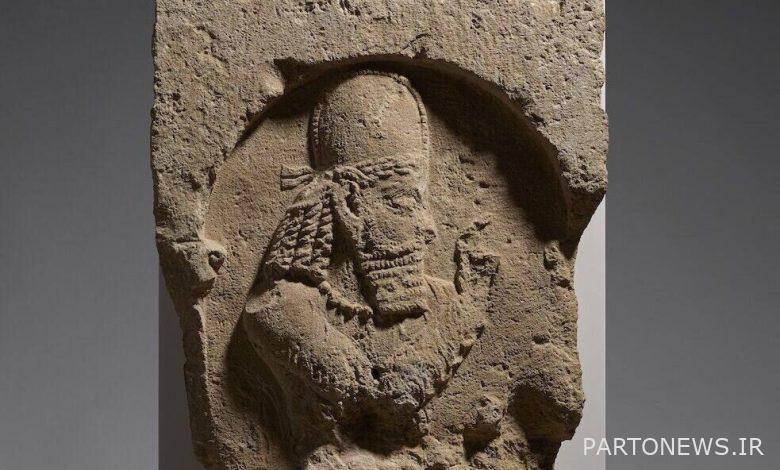The display of Sassanid relief in the National Museum of Iran

The Sassanid bas-relief, which was returned from England, will be unveiled tomorrow – Monday, July 19 – at the National Museum of Iran. It will be unveiled in the National Museum of Iran with the presence of journalists, photographers, cultural heritage experts and activists, and will be on public display until July 31.
The Sasanian petroglyph known as the Sasanian soldier was illegally taken out of Iran 35 years ago and was discovered in England about seven years ago and was returned to Iran with the action and follow-up of the Ministry of Cultural Heritage, Tourism and Handicrafts and the Ministry of Foreign Affairs.
This historical work, which belongs to the Sassanid era, entered the UAE in 1988 and left the UAE in 2006. The work was banned in the UK in 2016. The exact time of the departure of this petroglyph from Iran is not known, but considering the time of its arrival in the UAE, which coincides with 1367, it is most likely that this work was illegally taken out of the country during the imposed war.
According to IRNA (https://www.irna.ir), Seyyed Mehdi Hosseini Matin, Chargé d’Affaires of the Iranian Embassy in London, announced on Friday – July 2nd – that the Sassanid soldier statue that was smuggled into England after proving its ownership to Iran, will be returned to Iran for a period of It was on loan at the British Museum for three months.
This stone statue from the Sassanid era was discovered and confiscated at London Stansted Airport on 26 January 2015.
St. John Simpson, the chief archaeologist of the British Museum, told the IRNA reporter (https://www.irna.ir/) in London last April: The restoration of this work was done here in the museum with Tehran’s permission. We felt that it might not be ethical to return an (ancient) artifact to Tehran in an inappropriate condition. When we jointly decided to display it here first for everyone to see in London before sending it to Tehran, (we decided) that it should be restored.
The Ministry of Cultural Heritage, Tourism and Handicrafts in the 13th government has managed to return 30 historical cultural objects to Iran with serious follow-up.

